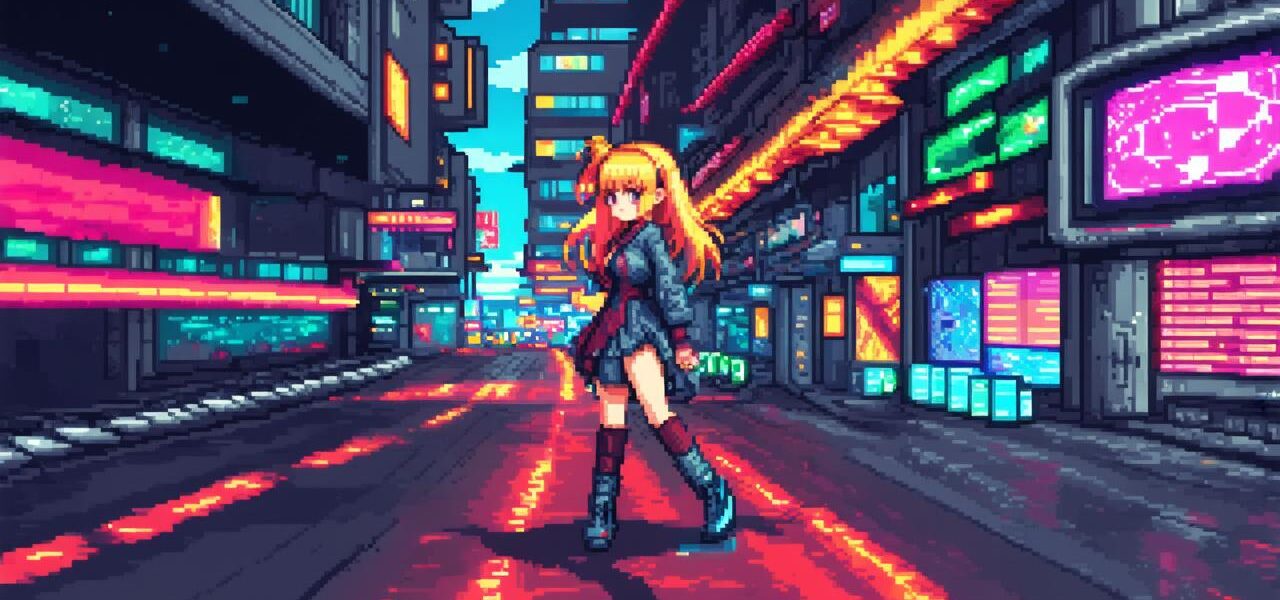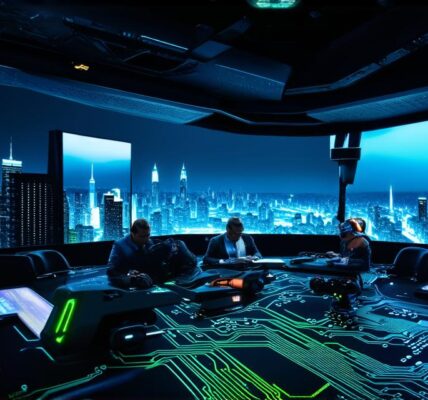Introduction
In recent years, there has been a surge in popularity of anime-inspired video games. These games offer players an immersive experience that combines the excitement of video games with the rich and colorful world of anime. However, creating an anime-inspired game that resonates with players can be challenging.
Game developers need to understand what makes anime popular and how to incorporate those elements into their games to maximize engagement.
1. Understanding the Anime Genre
Before diving into the world of anime-inspired video games, it is essential to understand the anime genre. Anime is a form of Japanese animation that has been around since the 1960s. It covers various genres such as action, romance, comedy, drama, horror, and science fiction, among others.
Anime is known for its unique art style, which combines traditional Japanese artwork with modern elements such as technology and pop culture references.
When creating an anime-inspired game, it is crucial to understand the target audience’s preferences. The game should appeal to fans of the anime genre, and the gameplay mechanics and storyline should be tailored to their taste.
Developers need to conduct market research to identify what aspects of anime are popular among their target audience and incorporate those elements into their games.
2. Creating a Compelling Storyline
Anime-inspired video games are all about storytelling, and developers need to create a compelling storyline that will keep players engaged throughout the game.
A well-crafted storyline should have a clear beginning, middle, and end, with twists and turns along the way. Players should feel invested in the characters’ journey and be emotionally attached to them.

The storyline can be based on an existing anime series or manga, or it can be an original creation. Developers need to ensure that the story is well-written and engaging, with a balance of action, drama, and romance.
The game should also have a clear objective, which players can work towards, and a satisfying conclusion that ties up all loose ends.
3. Designing Engaging Characters
Anime-inspired video games are known for their unique character designs, which often incorporate elements of mythology and folklore.
Developers need to create characters that are memorable and engaging, with distinct personalities, backstories, and motivations. Players should be able to relate to the characters and feel invested in their journey.
The characters’ design should also align with the game’s theme and setting. For example, if the game is set in a fantasy world, the characters should have magical abilities and powers. If the game is set in a post-apocalyptic world, the characters should have survival skills and be resourceful.
4. Incorporating Anime Elements into Gameplay
Anime-inspired video games often incorporate anime elements into their gameplay mechanics to make them more engaging and immersive.
Some common anime elements include fighting techniques, transformations, and special abilities. Developers need to ensure that these elements are well-integrated into the game’s mechanics and do not feel out of place or redundant.
Another important aspect is the use of music and sound effects. Anime is known for its unique and memorable music, which can be used to enhance the game’s atmosphere and emotional impact. Developers need to ensure that the game’s music and sound effects are well-crafted and align with the anime’s theme and setting.
5. Creating an Engaging Atmosphere
Anime-inspired video games often have a unique and colorful atmosphere that is often associated with Japan’s rich cultural heritage.
Developers need to create an engaging atmosphere that immerses players in the game’s world and makes them feel like they are part of it. This can be achieved through the use of vivid colors, intricate designs, and attention-to-detail in the game’s environment.
The atmosphere should also align with the game’s theme and setting. For example, if the game is set in a fantasy world, the atmosphere should be magical and whimsical. If the game is set in a post-apocalyptic world, the atmosphere should be dark and gritty.
6. Engaging Players Through Challenging Gameplay
Anime-inspired video games are known for their challenging gameplay mechanics that test players’ skills and strategies.
Developers need to ensure that the game’s challenges are well-designed and balanced, with a progression of difficulty that keeps players engaged throughout the game. The challenges should also align with the game’s theme and setting, with players needing to use their unique abilities and powers to overcome them.
7. Building a Community Around the Game
An anime-inspired video game can become a cultural phenomenon if it resonates with its target audience.
Developers need to build a community around the game by creating engaging content such as fan art, cosplays, and forums where players can discuss the game and share their experiences. The game should also have regular updates and expansions that keep players engaged and invested in the game’s world.
Conclusion
Anime-inspired video games offer game developers an opportunity to create engaging and entertaining games that resonate with a passionate audience. To maximize engagement, developers need to understand the anime genre, create a compelling storyline, design engaging characters, incorporate anime elements into gameplay, create an engaging atmosphere, build challenging gameplay mechanics, and engage players through a community.
By following these best practices, game developers can create anime-inspired video games that are not only popular but also financially successful.




